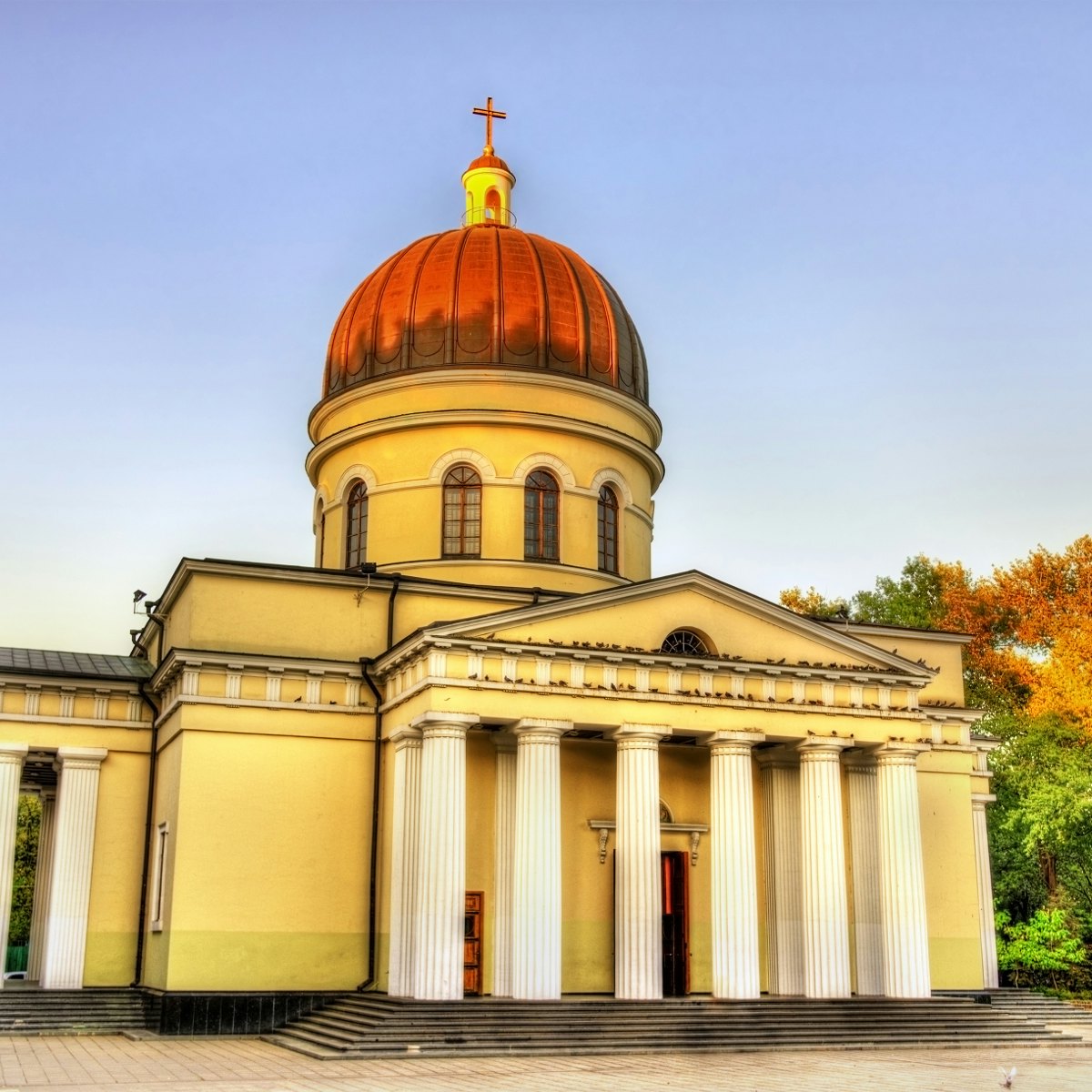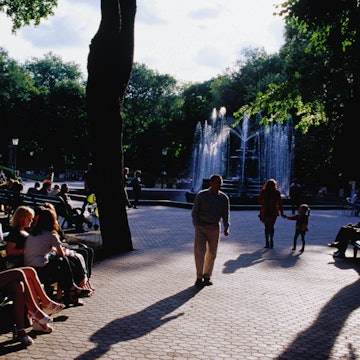

Getty Images/Lonely Planet Images
Overview
The world is finally waking up to the charms of this little nation wedged between Romania and Ukraine. Moldova was famously dubbed the world's least happy place in a bestselling book in 2008, but today it's better known for its unspoiled countryside and superb wine tours. As one of Europe’s least visited countries, Moldova retains a measure of roads-less-travelled charm. But that’s changing quickly as budget flights from Western Europe take off.
Plan your trip with Guide, an AI travel planner!
Create a personalized trip itinerary in seconds using artificial intelligence.
Must-see attractions
in partnership with getyourguide










